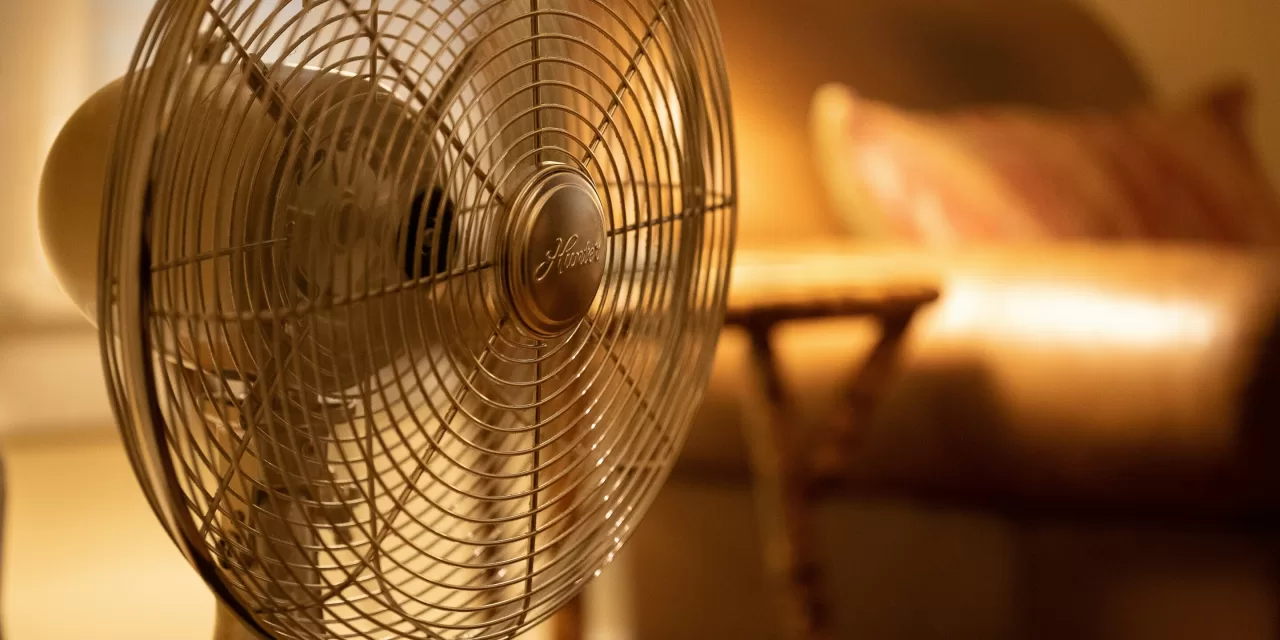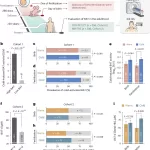In a groundbreaking study published in the New England Journal of Medicine, researchers from the University of Sydney and Montreal Heart Institute have found that simple, low-cost cooling strategies—such as using a fan and wetting the skin—can help reduce deadly cardiac strain in older adults during hot and humid weather, contradicting current advice from the U.S. Centers for Disease Control and Prevention (CDC).
The study, which focused on older adults who are particularly vulnerable to extreme heat, looked at various cooling techniques designed to ease the strain on the heart in hot conditions. Specifically, the research tested the effects of electric fans with and without water spray on the skin, a strategy that has shown promise in alleviating the health risks posed by intense summer temperatures.
“Health hazards from extreme heat are becoming increasingly common because of climate change,” said Professor Ollie Jay, Director of the Heat and Health Research Center at the University of Sydney. “Older adults, especially those with heart disease, are at greater risk due to the strain that hot temperatures put on the heart. Understanding the impacts of different cooling strategies on the heart is crucial to help vulnerable people stay well during hot summer weather.”
The researchers exposed older participants to two types of extreme environments: one hot and humid (38°C and 60% humidity) and the other very hot and dry (45°C and 15% humidity). These conditions were selected to reflect the most common heat wave extremes around the world.
Cooling Strategies Tested
In hot and humid conditions, the team found that using a fan—both with and without wetting the skin—was effective at reducing heat-induced cardiac strain. However, in very hot and dry conditions, the use of a fan exacerbated the situation by tripling the increase in cardiac strain. This is because, while fans aid in evaporating sweat, in dry conditions, the evaporation effect is limited, and the fan’s movement of air only helps to force more heat into the body.
Interestingly, when participants were exposed to the dry heat without using a fan, the application of wet skin proved to be a more effective strategy, reducing the heart’s workload and preventing the risk of fatal strain.
Dr. Daniel Gagnon, co-author of the study from Montreal Heart Institute, emphasized the significance of these findings. “While air conditioning is an effective way of staying cool, it’s not available to everyone, especially those most vulnerable to the heat, such as the elderly and people with heart disease,” he explained. “So, it’s positive news that low-cost alternatives like fans and wetting the skin are effective in reducing risk.”
Implications for Public Health and Climate Adaptation
The study underscores that the type of cooling strategy should be tailored to the specific heat conditions. This is an essential piece of information that could help older adults and those with heart disease navigate extreme weather more safely. Dr. Georgia Chaseling, who led data collection in Montreal, added, “The interventions we tested may seem simple, but they are effective and necessary. Our goal was to identify cooling methods that could be implemented in low-resource settings where access to air conditioning is limited.”
As climate change continues to bring more extreme weather events, understanding how to protect vulnerable populations from heat-related health risks becomes ever more crucial. These findings offer valuable insights into affordable, effective solutions to reduce heat-induced cardiac strain, particularly for those in at-risk groups.
For further details, the full study is published in the New England Journal of Medicine (2024). DOI: 10.1056/NEJMc2407812.












